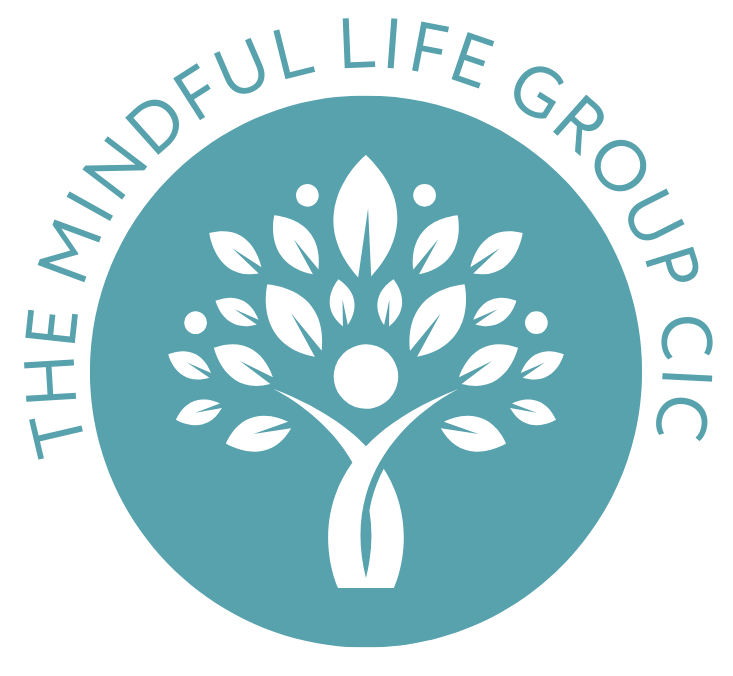Mindful Movement: A Different Way to Exercise
What if exercise wasn't about pushing yourself to achieve more? What if, instead, it could be about bringing gentle awareness to how your body moves?
If you've lived with pain, illness, or stress for some time, you may have become less mobile - or even scared of moving - for fear of hurting yourself further. While this is perfectly understandable, it tends to create problems of its own.
The human body is designed to move, so remaining still for too long can lead to many secondary health problems. Lack of exercise causes lethargy, nausea, aches, pains, and general 'fogginess'. Remaining still for too long can even bring on feelings of stress and depression.
A Different Kind of Exercise
The exercises in mindful movement are different from ones you may have tried in the past. Firstly, they are not exercises in the traditional sense. The aim is not to stretch as far as possible or to maintain a position for as long as you can. They are not designed primarily to enhance fitness and flexibility, although they will have these benefits in the long run.
Rather, they emphasise the quality of awareness you bring to them as you carry them out. We ask you to rest your consciousness deep inside your body, so that you bring a kindly awareness to your movements. In a sense, they simply extend the breath into a wider exercise. You can see them as breath in action. Or as a moving meditation.
Working Within Your Constraints
The mindful movements can be performed either sitting or standing. You should always work within your own physical constraints, so adopt whatever position is the most comfortable for you. If you find any of the exercises too challenging, adapt them to suit your own needs.
Try to become sensitive to your body's movements. See them as an expression of the rhythm of the breath. If your fitness and flexibility are limited, be careful not to push yourself too far. Instead, progressively enhance your range of movement.
Always bear in mind that it is the quality of awareness you bring to the movements that is paramount. If you are unable to carry out some of the exercises, try visualising yourself carrying them out in your mind's eye. Research shows that this too can improve your fitness and health.
Working with Hard and Soft Edges
Try to strike a balance between pushing yourself too far and not stretching yourself enough. This can be tricky, so aim to become aware of your own character when it comes to exercise.
If you tend to push yourself, then pay attention to this temptation as you move - and perhaps back off a little. If exercise tends to alarm or frighten you, then see if you can ask a little more of yourself.
A good way to find this balance is to work within your 'hard' and 'soft' edges. When you bend your knee, for example, the soft edge is the point at which you first feel a sensation of stretch and compression. Finding the soft edge requires sensitivity, so work slowly and mindfully.
When you feel a stretch or a challenge, move a little deeper into the movement with the help of the breath. Move only a little deeper - and no further.
If you go too far, you'll reach the 'hard' edge. This is the last point of movement before a strain or injury occurs. You'll know that you've passed the hard edge when it feels as if you've begun forcing the movement. You might even start to tremble a little.
Working between these hard and soft edges is ideal. It means that your body is being mobilised without strain. The most creative place to work is a moderate stretch that can be sustained, not an intense one that you can't hold for long.
Understanding Different Types of Pain
It can be hard to distinguish between the healthy aches and pains that signify progress and those which indicate that you have pushed yourself too far.
A dull ache, muscle tiredness, or sensations of stretch are natural and lessen over time. If you notice 'electrical', 'nervy', or sharp sensations, you should reduce the range of the movement or, if it becomes too intense, you should stop for the day.
It's sensible to err on the side of caution; you can always carry on tomorrow. Mindful movements are a journey, not a destination. So there is no rush.
Key Points to Remember
As best you can, aim to adopt an attitude of compassion and curiosity. See if you can drop into a deep awareness of the breath as you move, allowing it to lead the pace of the movement, rather than forcing it or rushing through them.
If you're working with an injury, it's usually helpful to do the less challenged parts of your body first.
Practising the movements regularly can bring surprising progress, even if you seem to be doing very little in any one session.
Always leave a few minutes at the end of a session to relax completely in a comfortable position. Give your mind and body time to assimilate the effects.
Safety First
You might like to discuss these exercises with your doctor, specialist or physiotherapist, and practise them with care, leaving out any that you - or they - feel are unsuitable for your illness, injury or disability.
Try to avoid the trap of believing that you 'should' be able to move in a certain way - or to a certain extent. Forcing yourself to meet your preconceptions can lead to injury. Instead, try to inhabit your body mindfully, with compassionate awareness and curiosity.
Even the smallest movement can be surprisingly fulfilling and beneficial.
Ready to explore mindful movement in a gentle, supportive environment? Our Mindfulness for Later Life programme offers adapted practices suitable for all abilities and physical conditions.
